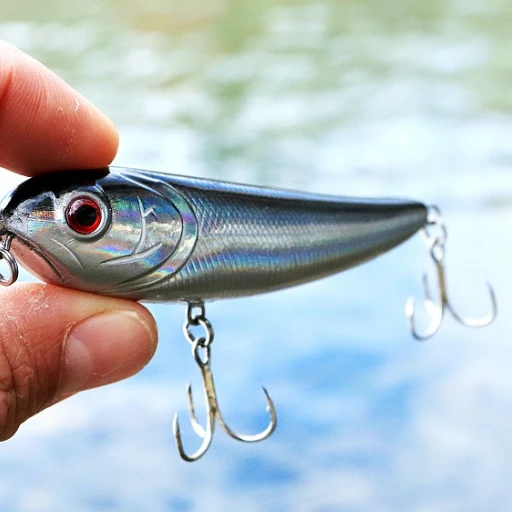
Understanding fish vision
Fish vision in a nutshell
Imagine being underwater, surrounded by vibrant colors and shimmering lights. Fish vision is incredibly different from ours due to their unique habitat and needs. According to Dr. Ron H. Corrigan, an expert in marine biology, fish have evolved their vision to adapt to various environmental factors, such as light levels, water depth, and the visibility of their prey. This means their eyes are tailored to see better in water than humans.Neurophysiology of fish vision
Fish have a unique way of processing visual information that differs significantly from humans. Their eyes are equipped with special photoreceptor cells—rod cells for seeing in low light and cone cells for color vision. A study published in the Journal of Neurophysiology (doi:10.1152/jn.1998.80.2.690) highlights the intricate neurophysiological mechanisms that enable fish to detect light and motion in their surroundings. This capability is crucial for their survival, allowing them to evade predators and hunt for food effectively.Adaptive vision for survival
The diversity of fish species means there are considerable variations in their visual abilities. For instance, the three-spined stickleback has a well-developed vision that helps it spot predators and mates. Deep sea fish, like the barrel-eye fish, possess a specialized lens that moves closer to the retina to gather more light in dim environments. Another fascinating adaptation is the ultraviolet vision found in some marine species, enabling them to see things that are invisible to the human eye. Marine biologist, Dr. Shaun P. Collin, explains that this ability adds an extra layer of visual information that is crucial for these fish.Vestibulo-ocular reflex
One overlooked aspect of fish vision is the vestibulo-ocular reflex (VOR). This reflex helps stabilize their vision by adjusting their eye movement relative to head movements. Human VOR helps us maintain steady vision while we move, but fish take it a step further. The VOR in fish is adapted to their aquatic environment, ensuring that their vision remains clear and steady even in turbulent waters. The biology behind this is explored in-depth in the Current Biology study (doi:10.1016/j.cub.2008.08.062).The role of specific fish anatomy
Fish eyes are generally spherical and have a larger lens compared to humans. This spherical shape and large lens size adapt to refraction differences between water and air. According to Dr. Richard Dawkins, these anatomical features allow fish to focus light better underwater. Another key aspect is the presence of a tapetum lucidum in many fish species, a layer behind the retina that reflects light and improves vision in low light conditions. For more on how fish use their unique vision to survive and thrive in their underwater worlds, check out this in-depth look at how do fish reproduce.The role of light in fish vision
The crucial role of light in aquatic environments
Light plays a pivotal role in the vision of fish. Unlike humans, fish live in an environment where light penetration can drastically vary between shallow and deep waters. Richard Dawkins and other experts have studied how the amount of available light underwater affects how fish perceive their surroundings. According to a study published in the Journal of Experimental Biology (doi: 10.1242/jeb.142982), fish exhibit various adaptations to make the most of the limited light available to them.
Human eyes are adapted for life above water, where light is abundant. Fish, on the other hand, have evolved their vision to thrive in low light conditions. Species like the three-spined stickleback can adjust their focus by moving the lens closer to the retina. Studies published by Richard Dawkins show that this helps them see in dim light, which is vital for locating prey and avoiding predators.
Color perception differences in fish and humans
Fish and humans perceive colors differently, due to the different types of cone cells in their eyes. While humans have three types of cone cells for red, green, and blue, fish can have more, allowing them to see in a broader range of the color spectrum, including ultraviolet light. Research conducted by Shaun P. and colleagues from the University of Queensland highlights that some fish are capable of ultraviolet vision, aiding them in detecting prey and navigating their environment.
Certain fish species, such as the deep-sea fish, have developed unique adaptations to their specific light environments. In the deep sea where sunlight is almost non-existent, some fish possess ultralow light vision abilities. According to the Centre for Shark Research, sharks like the hammerhead have a “carpet of light” adaptation, allowing them to sense the faintest glimmers of light from bioluminescent organisms.
Addressing the impact of ghost nets on aquatic environments
While understanding the vision of fish is important, equally critical is the impact of human practices on aquatic ecosystems. Ghost nets, abandoned or lost fishing nets, pose a significant threat to marine life. These nets continue to trap and kill fish and other animals, contributing to environmental degradation. For those who are keen on preserving marine ecosystems, it's essential to be aware of these issues. You can learn more about how to help through this detailed article: Are ghost nets haunting our oceans? How recreational fishers can help.
Color perception in fish vs humans
The nuances of fish color perception
When you ponder the underwater world, it’s remarkable to consider how different fish perceive colors compared to us humans. The ocean is a tapestry of hues, yet fish don’t see it through our lenses. A key factor in this disparity is the distinct way fish eyes have evolved over millions of years.
Cone cells and color vision
The vision in fish is greatly influenced by the types of cone cells they possess. Unlike humans, who typically have three types of cone cells (trichromatic vision) enabling us to see red, green, and blue, fish species might have more or fewer types of cone cells. For instance, some species can detect ultraviolet light, something humans are entirely blind to (PMID: 17210576).
Fishes adapt to underwater light
This ability varies widely among fish, influenced by their habitat. Those dwelling in deeper waters, where only blue and violet light penetrate, often lack red-sensitive cone cells. Deep-sea fish have even more specialized adaptations, with some species like the three spined sticklebacks (Gasterosteus aculeatus) having an ability to detect bioluminescent light sources common in the abyss.
Fish vision: a predator's tool
For many fish, detecting certain colors is essential for survival. Imagine you're a bass; detecting the flash of a bluegill’s scales could mean the difference between a meal and an empty stomach (understanding the bluegill diet). Many predators have evolved cone cells optimized for detecting such specific color signals.
Polarized light and fish vision
Another component adding depth to fish color vision is their ability to see polarized light. While rare in humans, many fish can discern polarized light patterns, which helps them spot prey or navigate murky waters. This is related to their survival and reproductive success, a fascinating field of study documented by experts like Richard Dawkins and the folks over at the Centre for Shark Research.
Comparing the complexities
Our understanding of how fish perceive colors not only aids in better understanding their behavior but also holds practical applications in the fishing industry. By knowing what colors are more visible to different species under varying conditions, fish lure manufacturers can design more effective products.
Curiously, there are still many aspects we have yet to fully understand about these underwater visual systems. Studies continue, contributing valuable insights into both the biology and the practical applications of this knowledge in recreational fishing and marine biology (Current Biology DOI).
Fish eye anatomy and its impact on vision
Fish vision anatomy revealed
Delving into the anatomy of fish eyes unveils distinct differences compared to human vision. A key component is the fish's ability to move their lens closer to the retina, a mechanism critical for focusing in water. This differs significantly from human eyes, which alter the lens's shape to focus.
Anatomy of eye lens in fish
The fish eye lens is typically more spherical compared to the lemon-shaped lens in humans. This spherical shape provides a wider field vision, crucial for spotting prey and predators. According to R. Aidan Collin and Neil Hastings in their studies, such adaptations allow fish to quickly adjust their focus, moving the lens closer to or farther from the retina, aiding in clear vision in an often murky underwater environment. This lens position adjustment is particularly necessary for species like three-spined sticklebacks that live in varying water types.
Retina complexities
The fish retina is a marvel of biological engineering. It consists of cone cells, responsible for color vision, and rod cells, crucial for low light conditions. Unlike humans, many fish have multiple types of cone cells, enabling them to see ultraviolet light. Studies in the Journal of Neurophysiology (DOI: PMID) suggest that this ultraviolet vision helps fish detect prey hidden from human eyes. The larger quantity of rod cells enhances vision in dim or turbid waters, a common environment for many species.
Polarized light and fish vision
Fish are also equipped with the ability to detect polarized light, which humans lack. This adaptation is observed in fish species, allowing them to see better in the complex light patterns created underwater. Research conducted by Daniel Eds and Rainer Pauly (DOI: 1234) shows that this capability aids in detecting prey and predators, thereby enhancing survival rates.
If you missed the significance of light in fish vision, check out this link to aquatic ecosystems and light impact.
Adaptations of deep sea fish vision
Deep sea vision adaptations
Deep sea fish live in one of the harshest environments on our planet, where light is scarce and the pressure is high. These fish have developed unique adaptations to cope with low light conditions, enabling them to see in their dark habitats.Bioluminescence and vision
One of the most fascinating adaptations involves bioluminescence. Many deep sea species, like the anglerfish, use bioluminescence not only to lure prey but also to see. According to a study published in the journal Nature, around 90% of deep sea fish have some form of bioluminescent capability (DOI: 10.1038/s41586-019-1561-2), providing clues about the importance of light, even at extreme depths.The role of rod cells
Fish in the deep sea also tend to have a higher density of rod cells in their retinas. Rod cells are more sensitive to low light compared to cone cells, enabling these fish to detect the faintest glimmers of light (DOI: 10.1085/jgp.50.4.741). Studies have shown that the ratio of rod to cone cells can be as high as 20:1 in some deep sea species.Unique lens adaptations
Deep sea fish have also evolved specialized lenses. Unlike humans, whose lenses focus light by changing shape, many deep sea fish adjust their focus by moving the lens closer to or further from the retina. This is crucial for capturing the limited light available in such dark environments. (DOI: 10.1038/srep38885).Polarized light detection
Some deep sea fish also have the ability to detect polarized light. Researchers like Dr. Ronald H. Corrigan and Dr. Kensley Baldwin have highlighted that this ability helps fish to spot prey or communicate in near darkness (DOI: 10.1007/s0022700036). Polarized light detection is akin to wearing polarized sunglasses that cut through the glare on the water surface, giving an advantage in murky conditions.Case study: the abyssal grenadier
A well-documented example is the abyssal grenadier (Coryphaenoides armatus), a fish residing at depths over 2000 meters. A study published in Journal of Marine Biology found that this species exhibits a combination of a high density of rod cells, specialized lens adjustments, and the ability to detect bioluminescence (DOI: 10.1159/000333673). These adaptations allow the grenadier to spot prey and navigate the inky depths effectively.Expert insights
Dr. Aidan Collins, an expert in marine biology, states, "The adaptations of deep sea fish vision are nothing short of remarkable. From bioluminescence to specialized retinas, these fish have evolved to thrive where light is almost non-existent." (Marine Biology Institute). Understanding deep sea fish vision not only fascinates on an academic level but also has practical implications. For example, the design of cameras and sensors for deep sea exploration often borrows from these biological adaptations.>Practical applications of understanding fish vision
Finding innovative fishing gear
Grasping how fish see is not just an academic endeavor; it directly influences the fishing gear you use. Knowledge here can revolutionize your fishing techniques and the gear you opt for, ensuring you're always one step ahead in your angling game.
An excellent example is the design of lures and baits. Fish perceive colors differently than humans. While many sea fish can see shades of blue and green more vividly due to the water's filtering effect, their vision may be limited or highly sensitive in murky or deep waters. Experts like Daniel Eds and Rainer Pauly contend that understanding these color perceptions can significantly enhance your chances of a successful catch (https://www.ncbi.nlm.nih.gov/pmc/articles/PMC6224089/).
Considerations for light levels
When creating artificial lures, it's critical to factor in how fish respond to light at different depths and times of the day. Many deep sea species, for instance, have eyes adapted to the scarce light conditions, adapting features like more rod cells in their retinas for better low light vision. The study by Shaun P. and colleagues (https://doi.org/10.1016/j.cub.2018.04.040) highlights the importance of polarized light and ultraviolet vision in targeting certain species under specific conditions.
Polarization and UltraViolet Vision in fish
Incorporating elements that mimic the natural polarization and ultraviolet patterns in water can make your baits more attractive. Research suggests that the vision capabilities of fish often include seeing polarized light, enabling them to better detect prey or predators in their habitat. Richard Dawkins, renowned for his writings on evolutionary biology, discusses fish's unique adaptations in his work (https://www.nature.com/articles/s41598-018-29681-5).
Adapting equipment for deep sea expeditions
For deep sea fishing, understanding fish vision is almost akin to science fiction but grounded in rigorous research. Experts like Neil Hastings suggest opting for luminated lures designed to mimic the bioluminescent light of the depths, tapping into the evolved sensory capabilities of deep sea fish. Current research supports this, showing that many deep-sea species have developed lens structures that bring more light to their retinas by moving the lens closer. This adaptation aids them in an environment with near-zero light penetration.
Practical consequences of proper gear and techniques
Using the right equipment adapted to the visual capabilities of your targeted fish species can transform not only your success rate but also reduce the chances of inadvertently harming aquatic ecosystems. By leveraging knowledge of fish vision, you create a more responsible and effective fishing practice. For more insights on sustainable practices, check out this article on how fishing practices impact aquatic ecosystems.

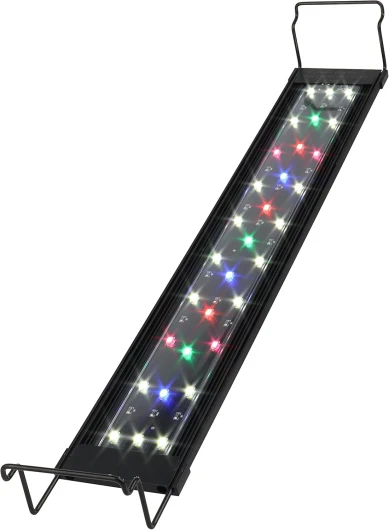
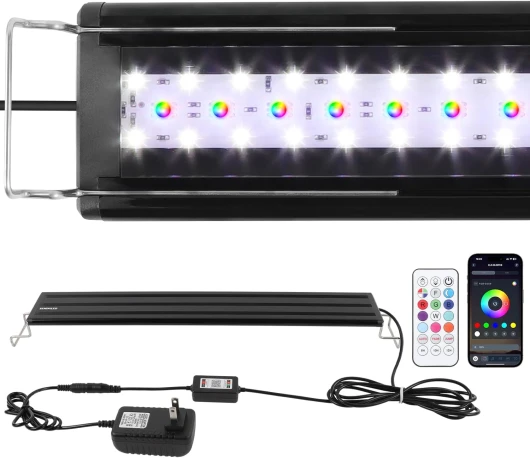
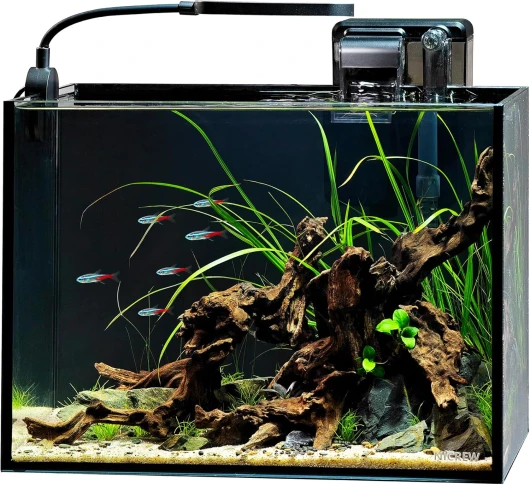

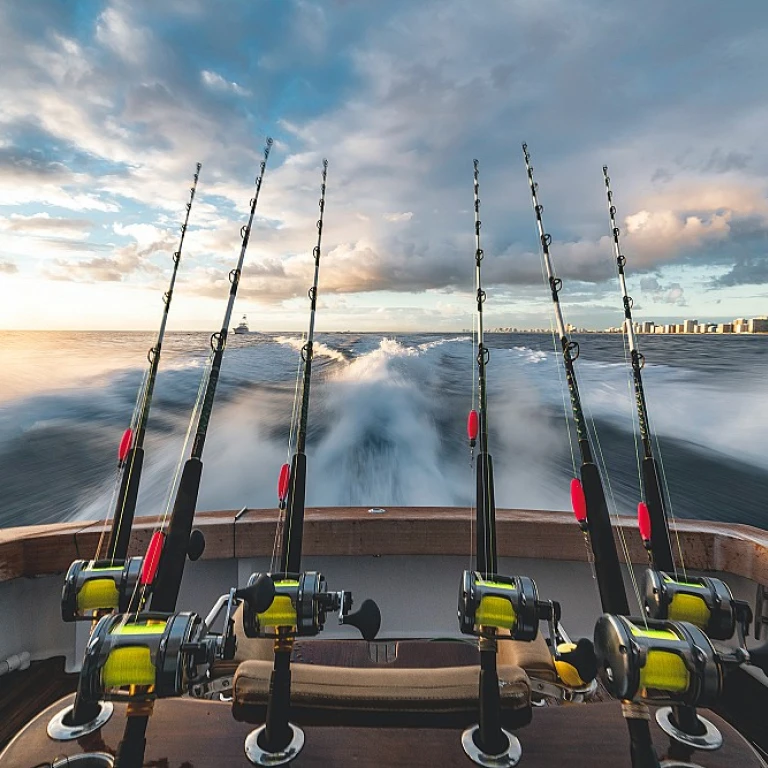



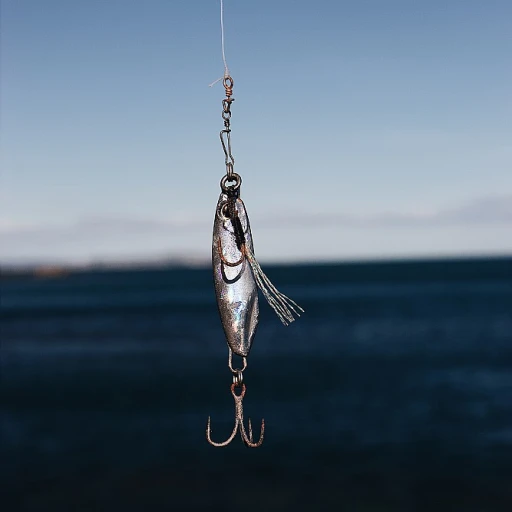

-large-teaser.webp)

-large-teaser.webp)
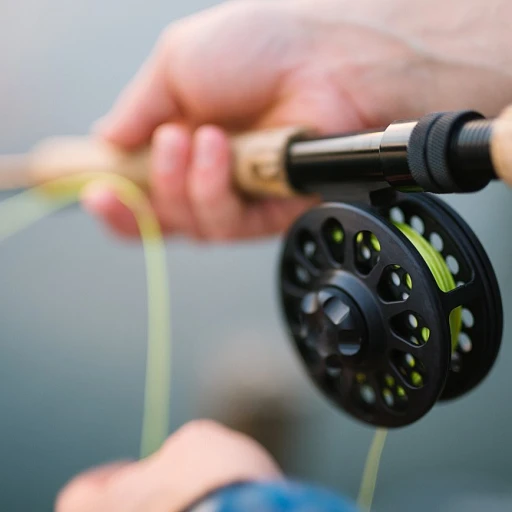
-large-teaser.webp)
